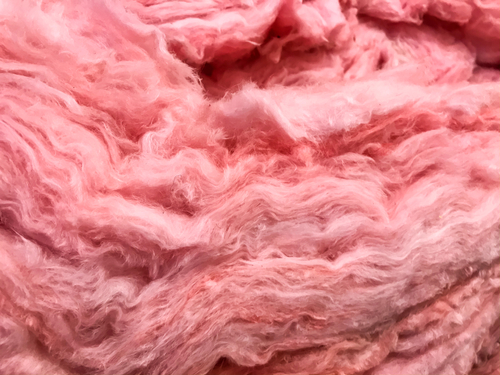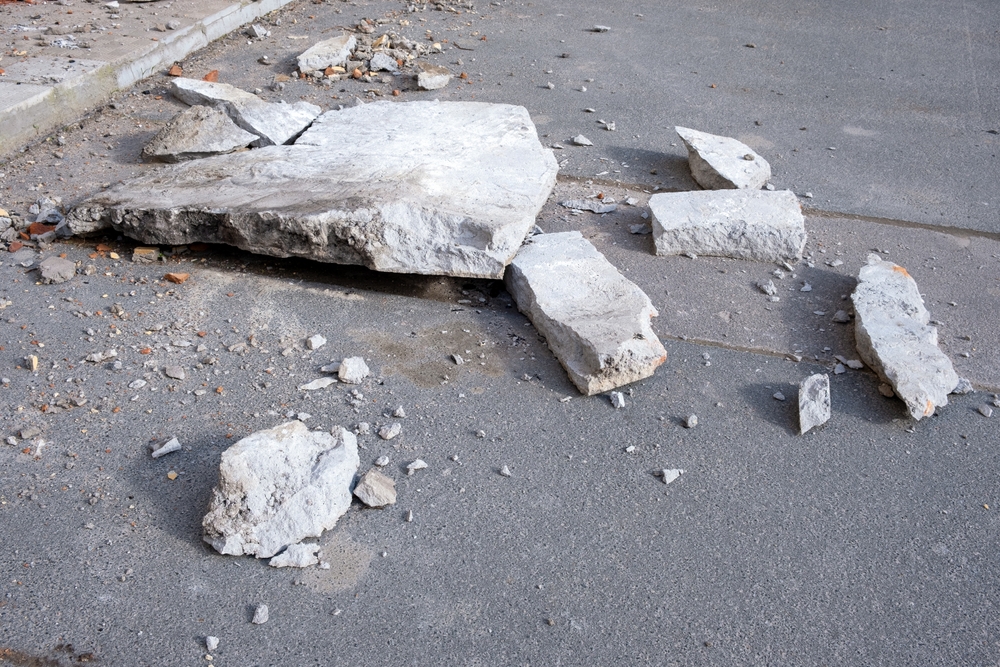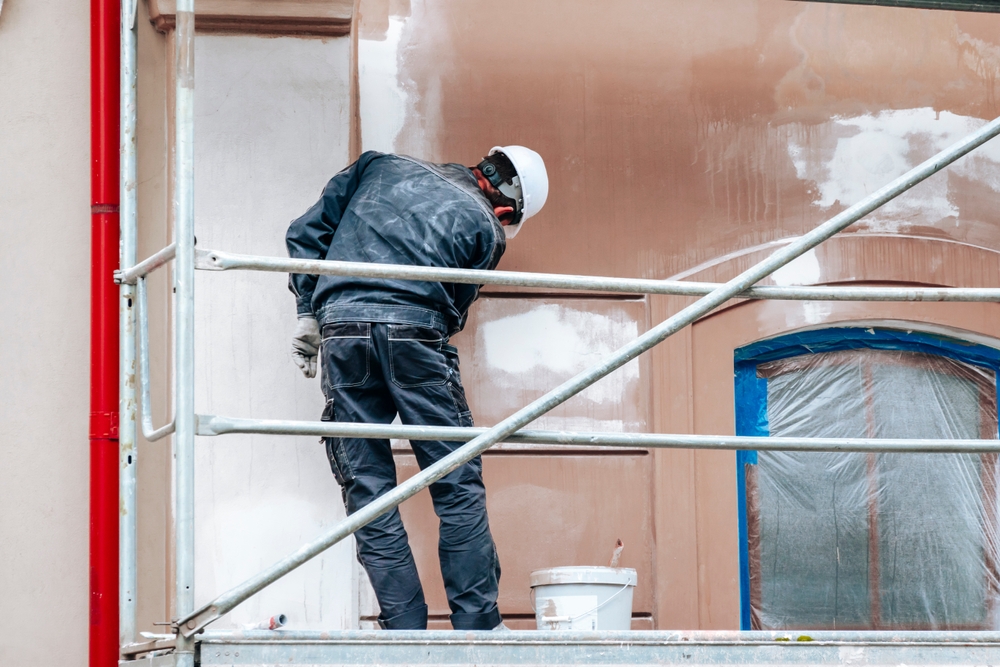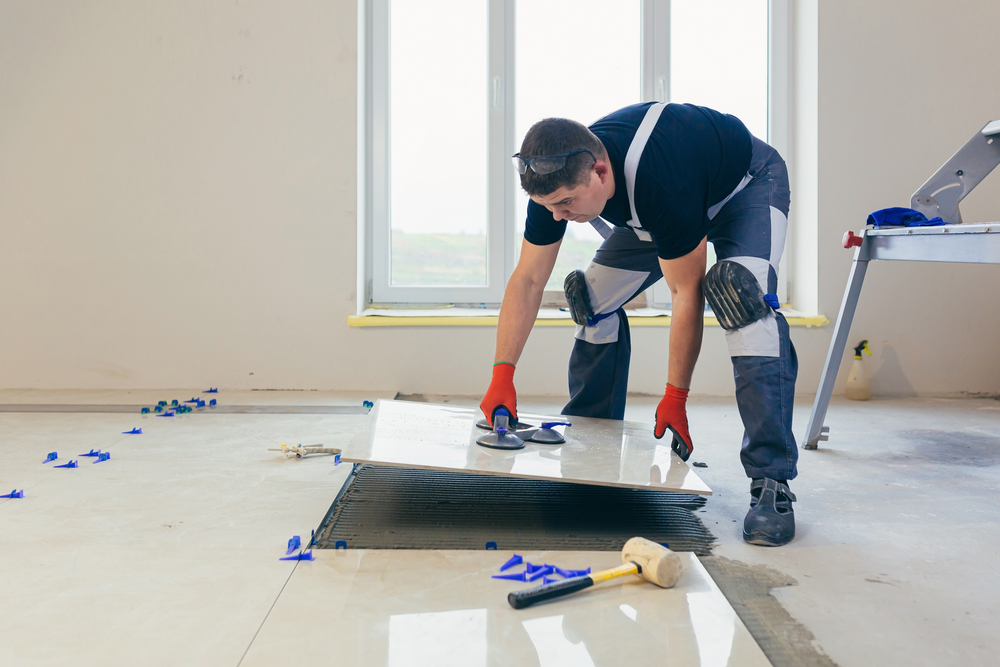April 9, 2024 - Benjamin Ehinger
Fiberglass Insulation Disposal: Proper Methods for Safe Handling and Removal
CALL NOW 844-762-8449
When renovating or updating your home’s insulation, disposing of the old fiberglass insulation is an essential step in the process. It is important to handle this material correctly, as fiberglass is made of fine glass particles that can be harmful if not managed properly. Ensuring safe disposal is crucial for both your health and the environment. If you’re dealing with a large quantity of material, securing a small dumpster rental could be an efficient solution for managing the debris.
Disposing of fiberglass insulation responsibly requires understanding the material’s properties and the related legal and environmental considerations. While some fiberglass insulation might be recyclable, other pieces, especially if they are contaminated or degraded, will need to be disposed of in accordance with local regulations. Different areas might have varying requirements for disposal, which means you will need to check with local waste management authorities to ensure you’re compliant.
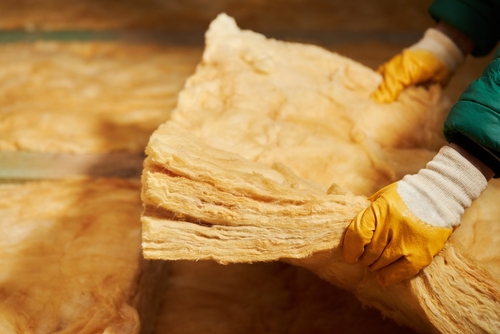 Proper disposal of fiberglass insulation requires meticulous removal and containment to minimize health risks and environmental impact. Follow these steps to ensure you handle the process effectively.
Proper disposal of fiberglass insulation requires meticulous removal and containment to minimize health risks and environmental impact. Follow these steps to ensure you handle the process effectively.
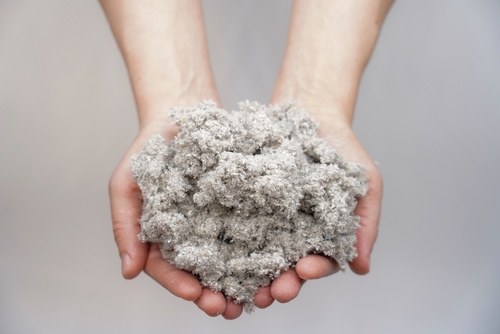 When fiberglass insulation reaches the end of its usability in your home, rather than disposal, consider repurposing, donating, or upgrading to eco-friendly insulation. This not only conserves resources but also benefits the environment and the community.
When fiberglass insulation reaches the end of its usability in your home, rather than disposal, consider repurposing, donating, or upgrading to eco-friendly insulation. This not only conserves resources but also benefits the environment and the community.
Key Takeaways
- Fiberglass insulation requires careful disposal due to potential health and environmental impacts.
- A small dumpster rental may aid in safe and effective removal of large quantities of insulation.
- Compliance with local disposal regulations is obligatory for proper fiberglass insulation management.
Understanding Fiberglass Insulation
Fiberglass insulation is a common choice for its thermal and acoustical insulating properties. It is essential that you understand the different types available and the health and safety measures required when handling this material.Types of Fiberglass Insulation
Batts and Rolls: Typically meant to fit in between wall studs and floor joists, these come as pre-cut panels. Batts and rolls are suitable for standard spaced areas, providing a consistent layer that is effective at preventing heat transfer. Loose-fill and Blown-in: Loose-fill insulation is a form of fiberglass that can be rented and blown into a space using a special machine. This type is particularly useful for irregular or hard-to-reach spaces, as it molds to the area, providing a thorough coverage.Health and Safety Considerations
When working with fiberglass insulation, your safety is paramount. The tiny fibers of glass can cause irritation to your skin, eyes, and respiratory system.- Respirator: Always wear a respirator or a dust mask to avoid inhaling fibers.
- Protective Clothing: Ensure that you wear long sleeves, gloves, and eye protection to minimize skin and eye contact.
- Handling: Handle insulation with care, avoiding unnecessary disturbance that could dislodge fibers into the air.
Legal and Environmental Considerations
When you dispose of fiberglass insulation, it’s crucial to adhere to local regulations and understand the environmental impact. Noncompliance risks legal penalties, while improper disposal can significantly affect ecological systems.Local Regulations and Compliance
Your approach to disposing of fiberglass insulation must align with local regulations to avoid legal repercussions. Most municipalities classify fiberglass insulation as construction debris, which can be subject to specific disposal guidelines. For example, some areas require you to deposit insulation material at a designated facility rather than in regular waste streams. It’s imperative to contact your local waste authority for guidelines on proper disposal procedures to ensure compliance. Additionally, in some regions, fiberglass insulation is considered hazardous waste due to its composition. As such, specific methods of containment and documentation when transporting this material might be required. This underscores the importance of understanding and adhering to pertinent waste management laws within your jurisdiction.Environmental Impact of Disposal
The disposal of fiberglass insulation carries several environmental implications. If not managed correctly, it can contribute to an increased carbon footprint and hinder sustainable practices. Insulation that ends up in landfills occupies a significant amount of space and does not decompose easily, affecting landfill capacities and potentially releasing harmful substances. To mitigate these impacts, explore recycling options, as some facilities specialize in converting old fiberglass insulation into new materials. However, availability and processes vary, so research local recycling centers to identify if they accept insulation for recycling. Properly disposing of insulation helps in minimizing adverse environmental effects and aligns with eco-friendly waste management goals.Preparation for Disposal
 Proper disposal of fiberglass insulation requires meticulous removal and containment to minimize health risks and environmental impact. Follow these steps to ensure you handle the process effectively.
Proper disposal of fiberglass insulation requires meticulous removal and containment to minimize health risks and environmental impact. Follow these steps to ensure you handle the process effectively.
Removal Procedures
Before beginning the removal of old insulation, suit up in protective gear, including long sleeves, gloves, and protective eyewear to avoid irritation from glass fibers. It is essential to ventilate the area well, reducing the inhalation risk of small particles. If you suspect the presence of asbestos, stop immediately and consult a professional, as asbestos requires specialized removal techniques.- Prepare: Equip yourself with a dust mask or respirator for additional protection.
- Remove: Carefully remove the insulation boards or loose-fill cellulose, placing the material directly into heavy-duty plastic bags.
- Seal: Ensure all bags are securely sealed to prevent any fibers from escaping.
Packing and Containment
Once removed, your next step is to pack and contain the unused insulation safely.- Secure disposal: Place fiberglass insulation into heavy-duty plastic bags, double-bagging for extra safety.
- Label: Clearly mark bags as containing insulation to alert disposal personnel of the contents.
Disposal and Recycling Options
When disposing of fiberglass insulation, it’s essential to approach the task with health and environmental safety in mind. You have a responsibility to dispose of or recycle the material in a way that minimizes the risk of irritation or contamination.Waste Management Facilities
Your primary option is to consult with local waste management facilities to inquire about their fiberglass insulation disposal policies. Since fiberglass insulation isn’t bio-degradable, it’s crucial to follow these steps:- Contact your local facility: Determine whether they accept insulation for disposal.
- Prepare insulation for disposal:
- Suit up for safety: Wear protective clothing and gear to avoid irritation from glass fibers.
- Bag the insulation: Place the insulation in heavy-duty plastic bags and seal them well.
Recycling and Reuse Opportunities
Recycling insulation is an environmentally responsible choice where facilities exist. Some centers may not accept fiberglass, but others have specialized programs. To recycle fiberglass insulation:- Find a recycling center: Investigate local recycling options that accept fiberglass insulation.
- Follow preparation guidelines: Centers might require specific preparation steps; adhere strictly to these.
Alternatives to Disposal
 When fiberglass insulation reaches the end of its usability in your home, rather than disposal, consider repurposing, donating, or upgrading to eco-friendly insulation. This not only conserves resources but also benefits the environment and the community.
When fiberglass insulation reaches the end of its usability in your home, rather than disposal, consider repurposing, donating, or upgrading to eco-friendly insulation. This not only conserves resources but also benefits the environment and the community.
Repurposing and Donation
If your existing fiberglass insulation is still in good condition, repurposing it for other projects can significantly reduce waste. You or others can reuse pieces of insulation in areas such as garages, sheds, or workshops where a high level of finish isn’t required. Furthermore, donation is also a viable option. Local community organizations, theaters, and schools often seek materials for soundproofing or small-scale improvement projects. Contact local building material reuse centers or nonprofits to check their acceptance policies and ensure the material can be handled with the necessary safe precautions.Eco-friendly Insulation Upgrades
Should you decide to remove old insulation, considering an upgrade to more energy-efficient and eco-friendly insulation options is a responsible choice. Here are some alternatives:- Spray Foam Insulation: Offers high energy efficiency and fills gaps effectively.
- Cotton, Mineral Wool, or Cellulose Insulation: These materials are often manufactured from recycled content and are more environmentally benign.
- Foam Board Insulation: Provides a high R-value for thermal resistance and can be used in various applications.
Professional Insulation Removal
When considering the removal of old fiberglass insulation, it’s essential to acknowledge the potential health risks it poses. Thus, opting for a professional insulation removal service is not only a matter of convenience but also of safety.Selecting a Professional Service
To select a professional insulation removal service, prioritize companies with ample experience and positive customer feedback. Ensure they utilize specialized equipment to protect against contaminants which can cause eye irritation or respiratory issues. A reputable service will provide workers with protective gear such as dust masks to safeguard the respiratory system and maintain indoor air quality during the process.The Removal Process
The removal process involves a meticulous procedure designed to contain and eliminate any potential health risks. Insulation professionals will seal the area and use high-powered vacuums and other specialized equipment to prevent the spread of fine particulates. Such attention to detail ensures that your home’s indoor air quality is not compromised during the removal. After extraction, the used insulation is typically bagged on-site to minimize exposure to irritants and allergens that could affect your respiratory system.Frequently Asked Questions
Before you begin the disposal process, it’s important to know the correct methods for disposing of fiberglass insulation. These FAQs address the most common concerns and regulations.How should fiberglass insulation be properly disposed of?
You need to cut the insulation into smaller sections and secure it inside heavy-duty plastic bags. This will prevent fibers from escaping. Seal the bags tightly before disposing of them according to local regulations. It is imperative for both safety and environmental reasons to follow these instructions carefully.What are the regulations for disposing of fiberglass insulation?
Local regulations vary significantly, so it’s vital to check with your area’s waste management facilities or environmental agencies. They can inform you if fiberglass needs to be treated as hazardous waste or if there are specific guidelines to follow for disposal.Are there designated facilities for fiberglass insulation disposal?
Many areas have designated facilities or services for disposing of building materials like fiberglass insulation. Contact your local recycling center or landfill to see if they accept this type of material and if they have any special procedures for drop-off.What safety precautions should be taken when disposing of fiberglass insulation?
Wear protective gear, including gloves, long sleeves, a dust mask, and safety goggles, to protect against skin irritation and inhalation of fibers. After handling insulation, wash your clothing separately and shower to remove any fibers that may have settled on your skin or hair.Can fiberglass insulation be recycled, and if so, how?
Some recycling centers accept fiberglass insulation, but it’s not always standard. Call ahead to see if your local center recycles insulation and to understand their process. Alternatively, there are companies that specialize in the recycling of construction materials like fiberglass.Are there special waste bags required for fiberglass insulation disposal?
Yes, you should use thick, sturdy plastic bags specifically designed to contain fiberglass insulation. These bags are typically available at hardware stores or building supply centers, ensuring you can secure the insulation properly before disposal.RECENT BLOGS
Our Reviews
Glenda Lanier Prowell
1721758635
I have ordered an 11 yard dumpster to be delivered to my house.Lonier was extremely helpful and answered all my questions. The rate was very reasonable.
Cedric Smikle
1721660395
Amber was extremely professional and courteous. She answered all of my questions and even some that I didn’t know I needed to ask.
Cait Kaider
1721243051
I highly recommend Waste Removal USA for their responsiveness and how the staff work hard to provide exceptional customer service. They have done well by us and our clients. Thank you!
Easom Family
1721223306
Louiner Pierre-Louis Is awesome! Did a great job. Will definitely be using this same company for all my dumpster needs because of his awesome customer service! Thank you!!!
tabitha Vazquez
1720539988
Wonderful and fast customer service!
LATEST BLOGS

